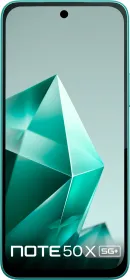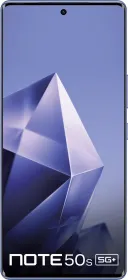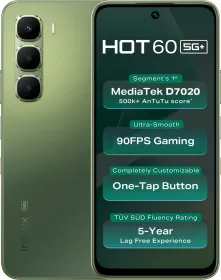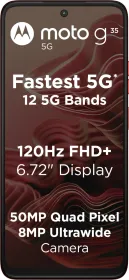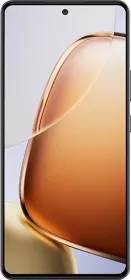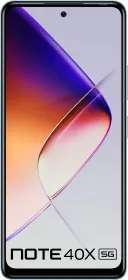This article is to highlight my biggest pain point with modern cars. Car manufacturers and their obsession with touch-sensitive controls. This isn’t about the industry’s shift towards electric vehicles or any other major automotive development. It’s a fundamental issue of user-friendliness and practicality. I’m confident that the vast majority of car enthusiasts and everyday drivers would agree: that these overly sensitive touch controls create a distracting and often frustrating experience while driving. They’re a step backward in terms of intuitive design and should be replaced with more tactile and reliable interfaces.

Last couple of years I have tested a few cars and I can’t help but notice the death of dials and physical buttons in car interiors. And while touch is the more technologically advanced thing, it does not belong inside cars. Especially if there is no feedback for the driver. And while touch controls aren’t a bad thing, they should be limited to things that aren’t as integral as climate controls, defogger, media volume, hazard lights, phone controls, and the like.
Now I say so because some cars come with way too many touch controls that aren’t limited to the main screen or the infotainment display. It spills over to things like the panel, center console, or the climate control and volume controls. These days some manufacturers are even putting touch-sensitive controls on the steering wheel of the car, which is just inconvenient and doesn’t make things any easier for drivers.

And while being a tech enthusiast or a tech journalist I do understand the need to make a product as technologically advanced as possible, it should never hinder the overall driving experience. Now, it is a well-known phenomenon that you will have to divert your attention to operate touch-sensitive controls. On the other hand, dials and buttons are easier to get in on the muscle memory so it never diverts your attention while driving. And yes, while having some sort of haptic or audio feedback will make touch controls safer or more practical for drivers, it still can’t replace the tactile feel and easy operation of physical buttons or dials.
Now it is fine to put touch-sensitive controls on cars but I am a stickler of the fact that only a few limited things can be depth-sensitive when it comes to controls on the car. I believe that climate control and volume control should always and always be dials or buttons. Another reason for me to say it is because car makers are not putting any sort of a feedback also on the touch controls in their center consoles or air conditioners for users to remember exactly where the button is. Putting some sort of feedback will make a difference because, with that, drivers won’t have to divert their attention any time they are operating anything in their car.

And as somebody who drives a lot in traffic in Delhi and as someone who also faces this problem of not having proper dials for the volume of the sound system is a pain point. Usually, drivers resort to the steering wheel controls for volume and the basic stuff. But what to do if your car doesn’t have all the controls on the steering wheel? Now, car makers like Kia give a mappable button for users to bring any control to their steering wheel, making it much easier to avoid using touch controls.
Oh yes my rant aside, this is something that I have always been concerned about and I have told this outside this in public platforms as well.
Also Read: Hyundai Needs To Be Very Careful About Creta Electric’s Price: Here’s Why
Another thing that I feel should never be touch-sensitive is the hazard lights or blinkers because again you would want to know if the blinker is on or off the moment you push the button. Yes, the sound of the blinkers is an easy indicator of whether it works or not, this is an issue that I faced while reviewing the new Tata Safari and the Harrier. Both the cars have blinker control as touch sensitive and apart from that, the only analog controls we get are the temperature up and down (on the center console), and one similar up-down button on the steering wheel. Rest, everything else is touch-sensitive and it was one of the worst things about the new Tata SUVs.

So yes, as the tech inside cars is advancing rapidly, it also needs to be well thought out. Overusing touch controls in cars is nothing but a proper example of making things look good but forgetting the functionality aspect in the process. So while things are exciting in terms of the tech development inside cars, the physical dials and buttons should not die down.
You can follow Smartprix on Twitter, Facebook, Instagram, and Google News. Visit smartprix.com for the latest tech and auto news, reviews, and guides.















